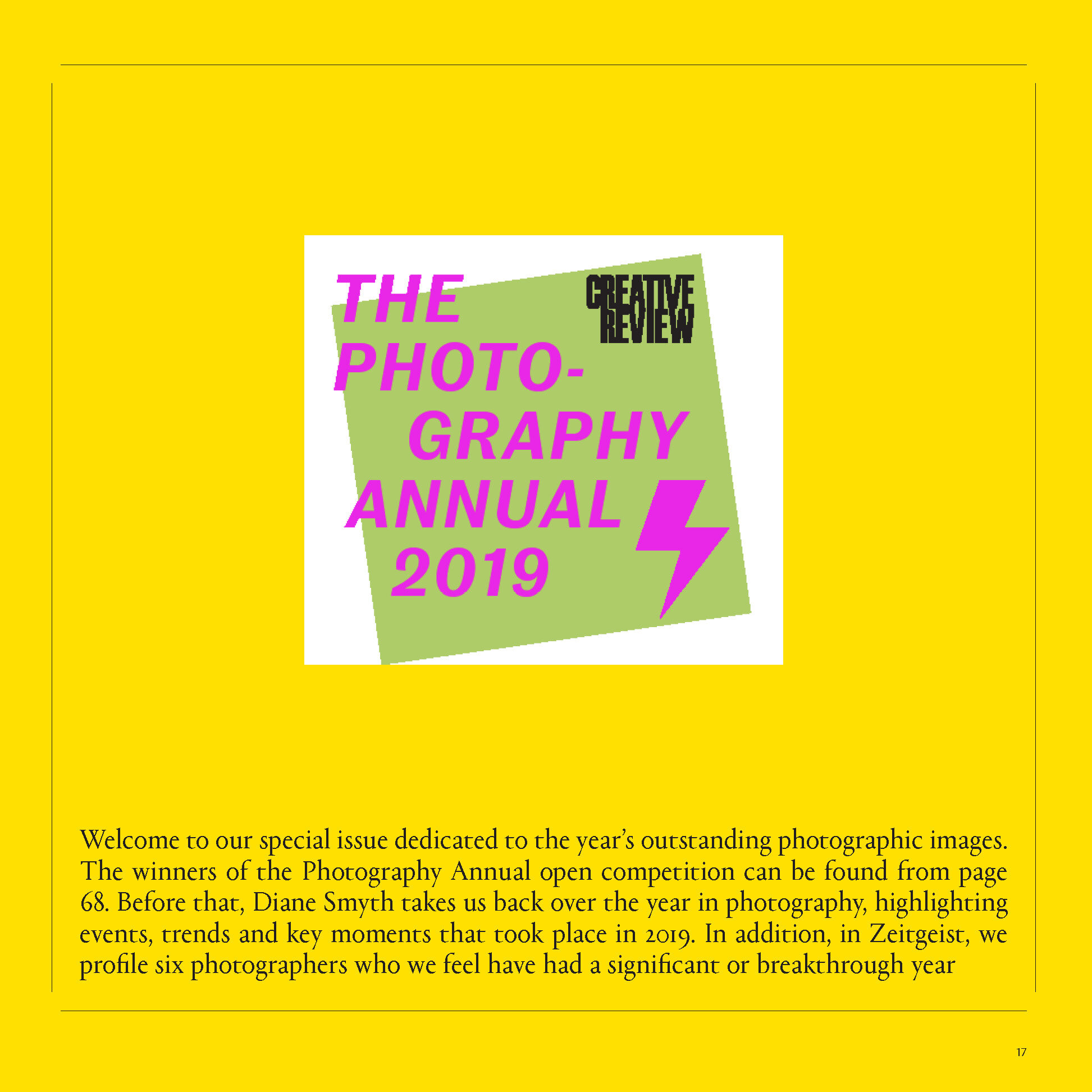What colour do you see when you dream? Today’s image is in monochrome to remove it a little further away from reality, although photography has always been a copy of the real thing. I found this discarded headstone left at the back of the cemetery, next to the sexton’s tool shed. It made me wonder whose grave this once belonged to and why it was no longer in use. The book shaped stone has a text engraved which is illegible due to wear and tear. It could be seen as a blank page upon which you could write your own epitaph.
As this project develops in response to Covid-19 I realise that living next door to a burial ground is affecting me. From my bedroom window a wide view of the cemetery is visible and at some point in time this room was a carpenter’s workshop where coffins were made. The names of some of the deceased are still inscribed in chalk on the beams in the ceiling, which at night glows likes ghosts.
Research during self-isolation lockdown are showing that sleeping patterns are disturbed and vivid, bizarre dreams are occurring more frequently. Perhaps, our nightmares are not narratives played out in our subconscious mind, but in fact a new reality we have to accept! In Camera Lucida, French thinker, Roland Barthes’ most celebrated book on photographic images, he famously reflects on the medium’s relationship with time, and in particularly death when looking at photographs of his mother who had recently passed away. He writes: ‘I dream about her, I do not dream her.
In an interview in 1977, shortly before he began writing his masterpiece Barthes’ describes his encounter with photography, ‘as a contact with death….at least, this is how I experience photography: as a fascinating and funeral enigma.’ In more recent times, photography’s own demise has been frequently predicted, by a combination of its own success (everyone is a photographer) and digital technologies (undermining truth values.) In Photography Degree Zero, Photographic Historian Geoffrey Batchen provides new perspectives 25 years on from Barthes’s seminal book and asks again; ‘what the essence of a photograph is’, when ‘photography simultaneously conjures past, present and future in a single frame.’








































